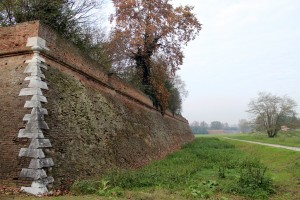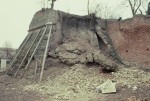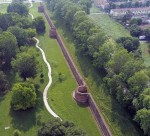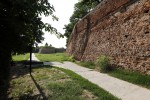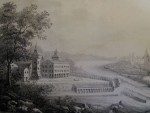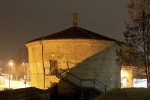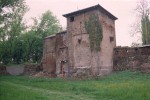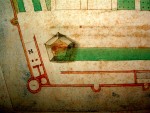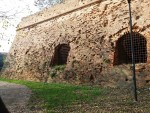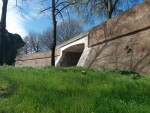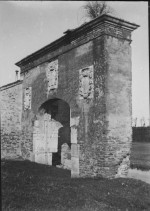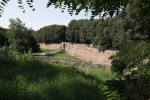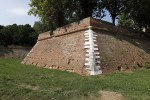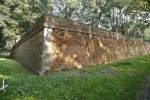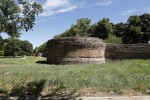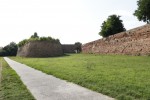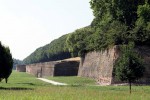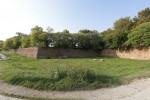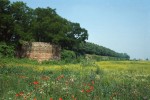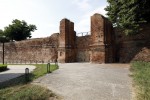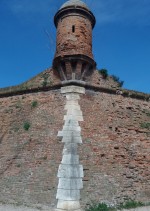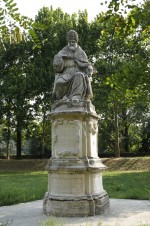The Open Walls of Ferrara
Ferrara and its walls – Ferrara is its walls! They are its seal, its frame, but also one of its best-known symbols.
Much more than a defensive perimeter, the purpose for which they were built, today they are recognised and valued around the world as a cultural heritage which is experienced to the fullest, both by visitors and residents themselves.
Walking them offers a unique, unrepeatable experience.
The walls change with the seasons and even with the light at different times of day, and profoundly change the feelings and views of those who walk them, whether they opt for the vallum – which in the past was filled with water – or for the top. Looking towards the city centre through the foliage of the trees, you can see nearby sights such as the towers of the Este Castle, the Certosa, the Jewish Cemetery; imagine “the ladies, the knights, the arms and the loves” sung of by Ariosto and Bassani’s Micòl or Dr Fadigati, or else you can look outwards, away from the city, following the green lines of the banks of the Po, beyond the Giorgio Bassani urban park and the surrounding countryside, and maybe even get a whiff of salt in the direction of the sea.
For those who live in Ferrara, the walls are part of the quotidian, but at the same time define –not only in terms of the view – a horizon and a threshold, an indulgence as a locus amoenus, or pleasant place. They are the first sight which greets those coming to discover the city: a place — ideally circular — which they must pass to reach the old town and whose entire nine kilometre length – or even just a part of it – they can walk. Whether on foot or by bike, you just need to follow the rhythm dictated by the ramparts, towers and gates in order to follow their long and complicated history, which over the centuries has changed in response to military and environmental requirements, and in search of entertainment and beauty.
While today the Bagni Ducali is the only remaining testament to the grandiosity of the Estes’ Montagna residence and its incredible gardens, it is the walls themselves which have been transformed into a genuine park, extending interest from pure historical and architectural note to natural and cultural concerns as well. It is precisely the profile of the walls which determines the peculiar nature and richness of the park's fauna and flora: the ring-shaped structure determines an exceptional level of biodiversity, with rare and protected species, as well as guarding what the inhabitants call the city countryside, which can be reached by the minor road Via delle Erbe.
Carefully restored at the end of the last century, the walls have now been given back in all their charm to those who wish to gaze on them and make use of them. Of all Ferrara’s most important monuments, passing visitors to the city cannot miss out on a detour at the walls’ slow pace, immersed in nature.
Barbara Pizzo
Related Subjects
Related Events
Related Themes
Related places
Compiling entity
- Assessorato alla Cultura e al Turismo, Comune di Ferrara
Author
- Barbara Pizzo

